 Book Description
Book Description The Third Edition of
CMOS Circuit Design, Layout, and Simulation continues to cover the practical design of both analog and digital integrated circuits, offering a vital, contemporary view of a wide range of analog/digital circuit blocks including: phase-locked-loops, delta-sigma sensing circuits, voltage/current references, op-amps, the design of data converters, and much more. Regardless of one's integrated circuit (IC) design skill level, this book allows readers to experience both the theory behind, and the hands-on implementation of, complementary metal oxide semiconductor (CMOS) IC design via detailed derivations, discussions, and hundreds of design, layout, and simulation examples.
From the Back Cover
Now updated—the classic guide to CMOS circuits, from design to implementationThe Third Edition of CMOS Circuit Design, Layout, and Simulation continues to cover the practical design of both analog and digital integrated circuits, offering a vital, contemporary view of a wide range of analog/digital circuit blocks including: phase-locked-loops, delta-sigma sensing circuits, voltage/current references, op-amps, the design of data converters, and much more. Regardless of one's integrated circuit (IC) design skill level, this book allows readers to experience both the theory behind, and the hands-on implementation of, complementary metal oxide semiconductor (CMOS) IC design via detailed derivations, discussions, and hundreds of design, layout, and simulation examples.
Inside, readers will continue to find the relevant and practical material that made the first two editions bestsellers. The Third Edition has been updated and includes new chapters covering the implementation of data converters and the analysis/design of feedback amplifiers The additional material makes the book even more useful as an academic text and companion for the working design engineer. Featured in this Third Edition:
- In-depth coverage of both analog and digital transistor-level design techniques
- Integration of the book's material with online resources found at CMOSedu.com
- Detailed discussions on the design of phase- and delay-locked loops, mixed-signal circuits, data converters, and circuit noise
- Real-world process parameters, design rules, and layout examples
- Hundreds of practical design examples, discussions, and end-of-chapter problems
- Theory and discussions detailing the trade-offs and considerations when designing at the transistor level
The book's accompanying Web site, CMOSedu.com, offers numerous examples for many computer-aided design (CAD) tools including Cadence, Electric, HSPICE, LASI, LTspice, Spectre, and WinSpice. Readers can recreate, modify, or simulate the design examples presented in the book. In addition, the solutions to the book's end-of-chapter problems, the book's figures, and additional homework problems without solutions are found at CMOSedu.com.
This Third Edition of CMOS Circuit Design, Layout, and Simulation is the ideal companion for undergraduate and graduate students in electrical and computer engineering as well as both novice and senior engineers working on transistor-level integrated circuit design.
Book Details
- Hardcover: 1208 pages
- Publisher: Wiley-IEEE Press; 3 edition (September, 2010)
- Language: English
- ISBN-10: 0470881321
- ISBN-13: 978-0470881323
- File Size: 17.4 MiB
- Hits: 950 times
 Book Description
Book Description Book Description
Book Description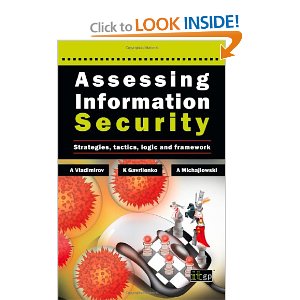 Book Description
Book Description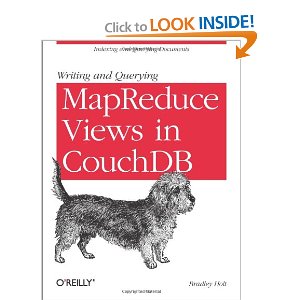 Book Description
Book Description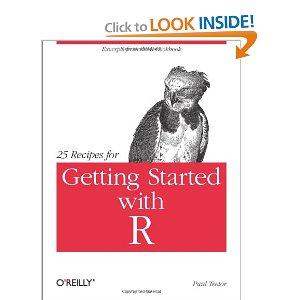 Book Description
Book Description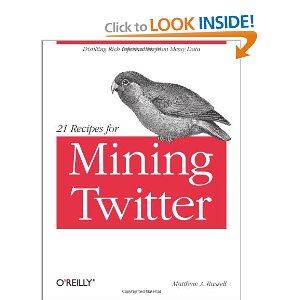 Book Description
Book Description Book Description
Book Description Book Description
Book Description Book Description
Book Description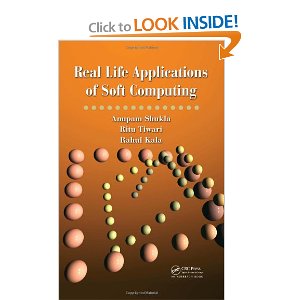 Description
Description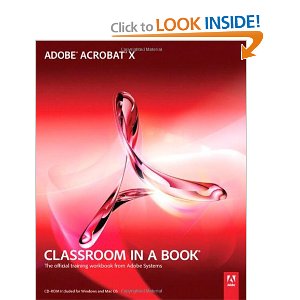 Book Description
Book Description Book Description
Book Description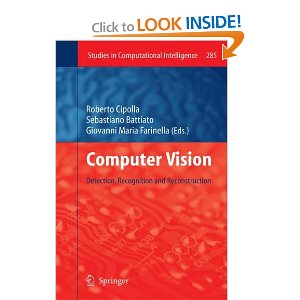 Book Description
Book Description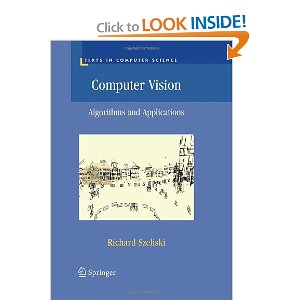 Book Description
Book Description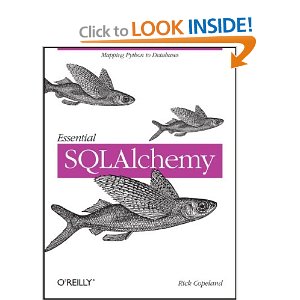 Book Description
Book Description Book Description
Book Description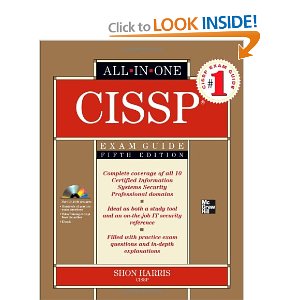 Book Description
Book Description Book Description
Book Description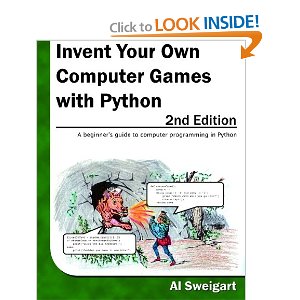 Book Description
Book Description Book Description
Book Description Book Description
Book Description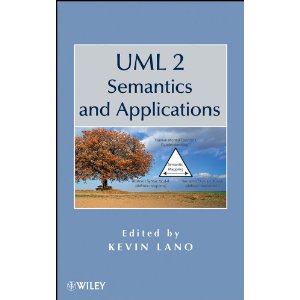 Book Description
Book Description Book Description
Book Description Book Description
Book Description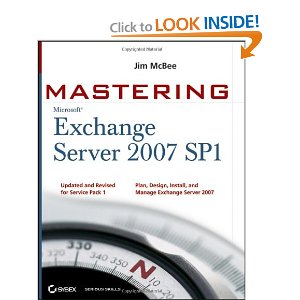 Book Description
Book Description Book Description
Book Description Book Description
Book Description Book Description
Book Description